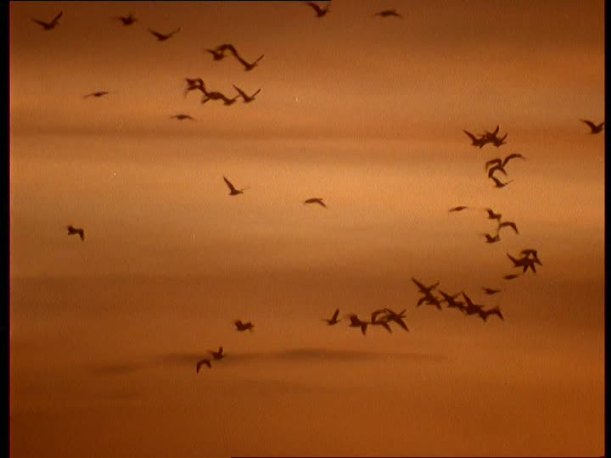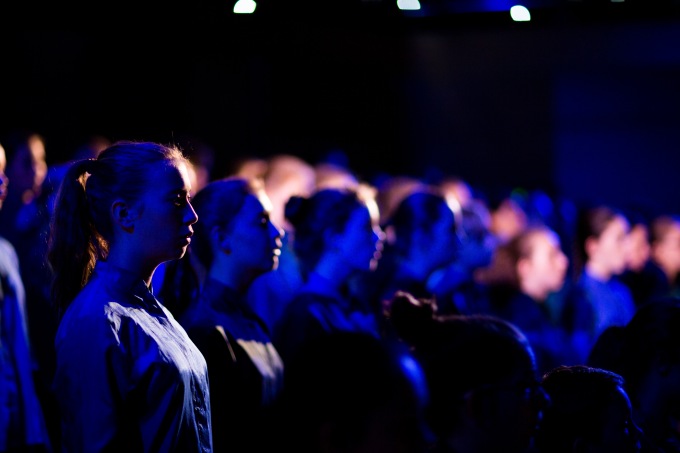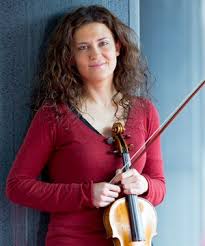Seven Stories takes its lead from writer and journalist Christopher Booker’s 2004 book, The Seven Basic Plots: Why We Tell Stories. The theory is that all the stories of the world, from fairytales to grand opera, can be reduced to seven basic plots, namely, the Quest, Overcoming the Darkness, Rags to Riches, Fatal Flaw, Comedy of Errors, Journey and Transformation.
Try it. It’s fun.
Cinderella is Rags to Riches, Harry Potter is Overcoming the Darkness, Gotterdammerung is Journey. And Transformation. Or maybe Quest. Or Fatal Flaw. Hmm. Trust Wagner to muddy the water. But you get the general idea. Like many literary theories, there’s as much fun to be had finding the exceptions to the ‘rules’ as there is applying them. But as stimulus for a meditation on narratives, dialogues and archetypes, it’s rich in possibility.
A catchy premise, however, is just the starting point for Ensemble Offspring‘s latest creation. Stories need storytellers. And it’s not just the seven sound composers, each paired with an ur-plot, or the word composer, Hilary Bell, whose text picks up threads from the diverse works and weaves them together, or the image composer, Sarah-Jane Woulahan, whose swirling, cloudy visual gestures dance across the screen above the stage. No. These stories need real time storytellers too, and that’s the job of the seven piece ensemble whose job it is to deliver these seven nuggets of humanity.
I’ve written before about the impressive virtuosity of Ensemble Offspring, and I think it’s worth saying again. This is a group playing at a level where they can really perform. What they do with their sonic resources — whether a cello, or an egg-shaker, or a voicestrument — is completely at the service of the story. It’s a joy to watch such a cracking band, engaging with the music, engaging with each other, engaging with the audience.
As for the work, it’s a fascinating example of many pieces making a whole. By luck or design, there is a satisfying consistency running through the seven works. Not homogeneity, mind. Individual voices come through loud and clear, from Amanda Brown’s edgy clockwork grind in Rags to Riches, to the playful, gritty invention of Caitlin Yeo’s Quest to Kyls Burtland’s dreamy but determined step in Journey. Like the unstoppable force of Sally Whitwell’s Fatal Flaw, or the unexpected transformation of Jodi Phillis’s Overcoming the Darkness. Every work uncovers new surprises, but they all retain a strong commitment – whether through catchy rhythmic patterning or harmonic cues (gotta love a modulation) — to drawing in the audience, settling us down, telling a story. They all play with us, as they should. They all explore the tension between narrative, dialogue and pure sensation.
Two that stand out are Jane Sheldon’s Transformation and Bree Van Reyk’s Comedy of Errors. Van Reyk’s three-part invention is a delicious riff on how to be funny. Of course, a joke explained is usually no joke, but Van Reyk, in close collaboration with her performers, somehow manages to explore the anatomy of a gag without killing it. In fact, not only does she not kill it, she demonstrates that even though you’ve already laughed at an anticipated punchline, you’ll laugh again. And again. And again. Especially when the person delivering the punchline is Jane Sheldon, armed with a pneumatic car horn and a cheeky wink. It’s all timing, in the moment and in the architecture of the piece.
Finally, Transformation by Jane Sheldon who, up till now, has stayed on the interpreting side of the line. It’s perhaps inevitable, after working so closely composers to create new work over the years, that she is now creating work of her own. And why wouldn’t you? Jane’s is one of the most demanding pieces in the evening but, coming as it does towards the end, the audience are ready, listening closely. The changes they hear are subtle, tantalising even, drawing us into a deep engagement with the sound and the idea. This is what storytelling is all about.
I haven’t mentioned the visuals in detail, and that’s partly because there was so much to process on stage. Sarah-Jane Woulahan has put together an exquisite montage but in the end it is upstaged by the real time action, the sounds and words and brilliant performances. That, and the feeling that a key element of storytelling, for me, is the audience. The performers plant the seed, but the audience provides the space for the idea to grow and play. Perhaps imagination is enough.
This was a one-off performance of Seven Stories, but I’m confident that it’s not the last we’ll hear of these works. They are all strong enough to stand on their own, and as a whole it’s compelling, not to mention highly entertaining. Want more.
Thanks for reading this. Now go and read look at this. My book on Dartington Summer School of Music is crowdfunding at Unbound and I need you to support me!




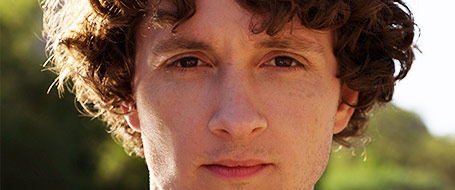
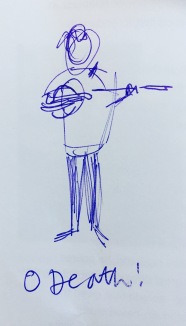
 Back to the orchestra, and a gripping performance of Shaker Dances, with superbly enhanced sound by ‘a hairy gentleman called Bob’, according to
Back to the orchestra, and a gripping performance of Shaker Dances, with superbly enhanced sound by ‘a hairy gentleman called Bob’, according to 